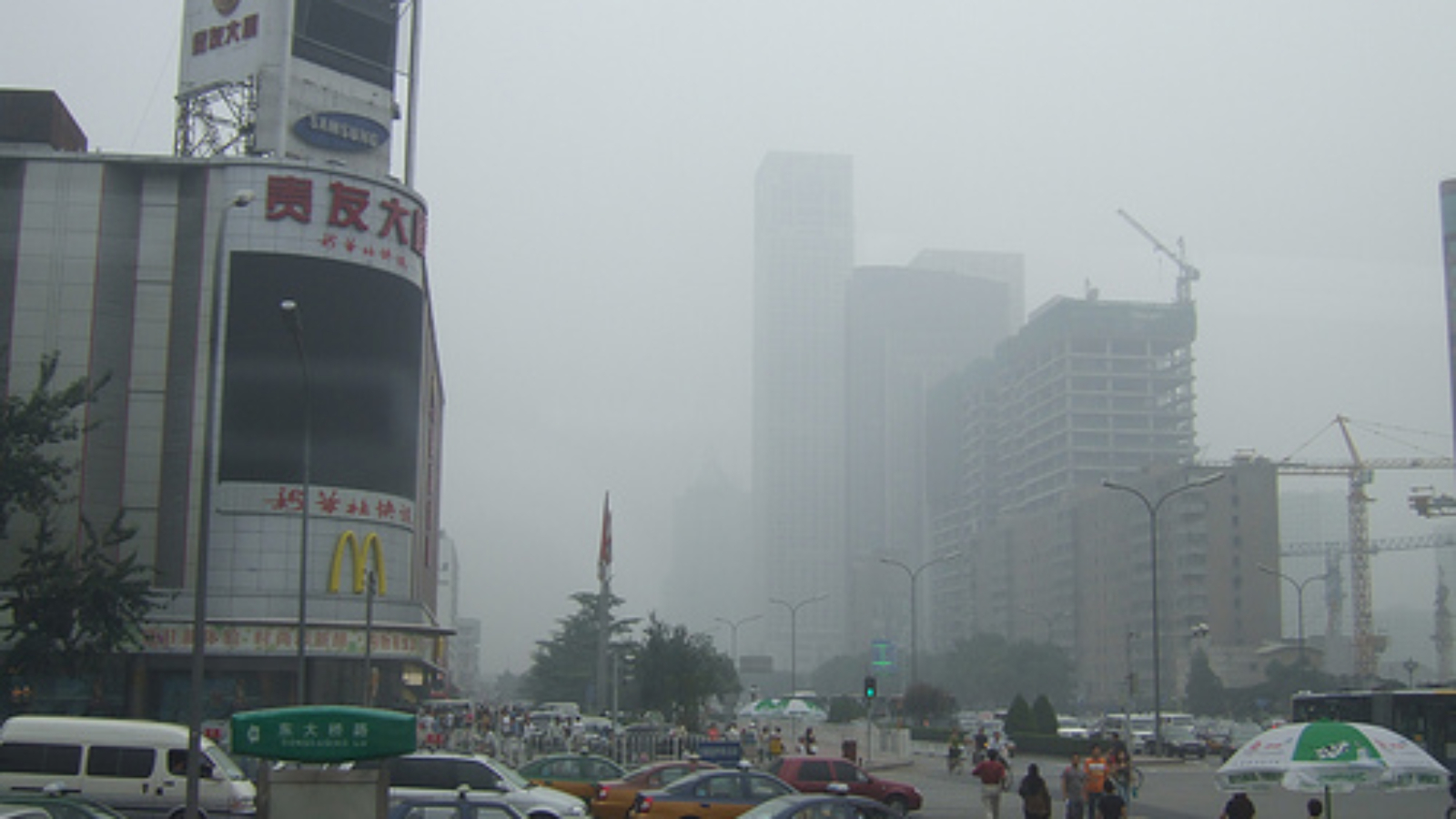[Editor's note: The theme of the Winter 2010-2011 issue of World Policy Journal is “Megalopolis: The City of the 21st Century.” We asked experts, policymakers, and writers from around the world to answer this question: “In the future, what will our cities look like?”]
By Matthew E. Kahn
City growth has caused climate change. If our population spread out and lived at rural densities, we would not have achieved the level of prosperity that developed nations now enjoy and that nations such as China and India will soon experience. Cities facilitate trade, learning and specialization. Knowing that we can trade with others in the city, urbanites can focus their energies on one specific task – comparative advantage – and trade for other goods and services that they desire.
An unintended byproduct of urban growth is rising greenhouse gas production. Richer people drive more, consume more electricity, live in larger homes, eat more meat and in general have a larger carbon footprint than poorer people. While no individual household’s contribution to global greenhouse gas problem is serious, when added up across all seven billion people across the planet, the impact is significant. Rising greenhouse gas emissions exacerbates the risk of climate change. Total world greenhouse gas emissions can be factored into three pieces; population, average income, and carbon emissions per dollar of income. In an urbanizing world where population is rising and average income is rising, our only hope to cap global greenhouse gas emissions is for carbon emissions per dollar of income (defined as carbon intensity) to decline.
Yet, to achieve this goal we must introduce a worldwide incentive (a carbon tax) to encourage the free market to focus on the decarbonization of the economy. Up until this point, there has not been the political will either at Copenhagen in late 2009 or in the U.S Senate in 2010 to enact such regulation. In the absence of such explicit anti-carbon incentives, we need to encourage the growth of those cities that have relatively small carbon footprints. In the United States, cities such as San Francisco have a smaller carbon footprint than cities such as Houston. In San Francisco, residents live in smaller housing units at higher population density. They are more likely to use public transit and due to the temperate climate, they consume less electricity. Electricity generated in California creates less greenhouse gas emissions than other cities because the power is generated using natural gas rather than coal. In China, northern cities in colder climates that require more winter warmth use ample amounts of coal and this increases such city’s carbon footprint relative to more southern cities.
Given our collective refusal to cap our greenhouse gas emissions, we must plan to “climate proof” our cities against coming climate change. Depending on their geography, different cities will face different challenges. Some forward-looking coastal cities, such as New York City and London, are researching the medium term likely consequences of climate change for their cities. An optimist would say that such informed predictions generated by climate experts is crucial information for nudging politicians and developers to make investments in urban infrastructure and building materials to protect the future urban populace.
Insurance companies will also play a key role. If insurance companies price their policies to reflect changing climate change induced risk then this will send correct signals to urbanites so that they do not live in areas increasingly at risk from flooding due to climate change. If a specific city suffers because of climate change, then mobile people will move away from it to a city that is better able to withstand the climate shocks. As witnessed by the recent Moscow Heat Wave of 2010, even northern cities can suffer greatly due to climate shocks. As we learn about the new risks that climate change poses for cities around the world, self interested people will update their beliefs and make investments (such as purchasing an air conditioner) to protect themselves against changing climate conditions. In a free market system, such demand for adaptation friendly products will incentivize for profit firms to create and mass market such products. In this sense, an irony arises. Urban capitalist growth has caused climate change but the same free market capitalism will help to protect us against its blows.
Matthew E. Kahn is a Professor of Economics at UCLA. He is the author of Green Cities: Urban Growth and the Environment (Brookings 2006) and Climatopolis: How Our Cities Will Thrive In The Hotter Future (Basic Books 2010). He blogs at greeneconomics.blogspot.com.
Image via Flickr, user michaelhenley
